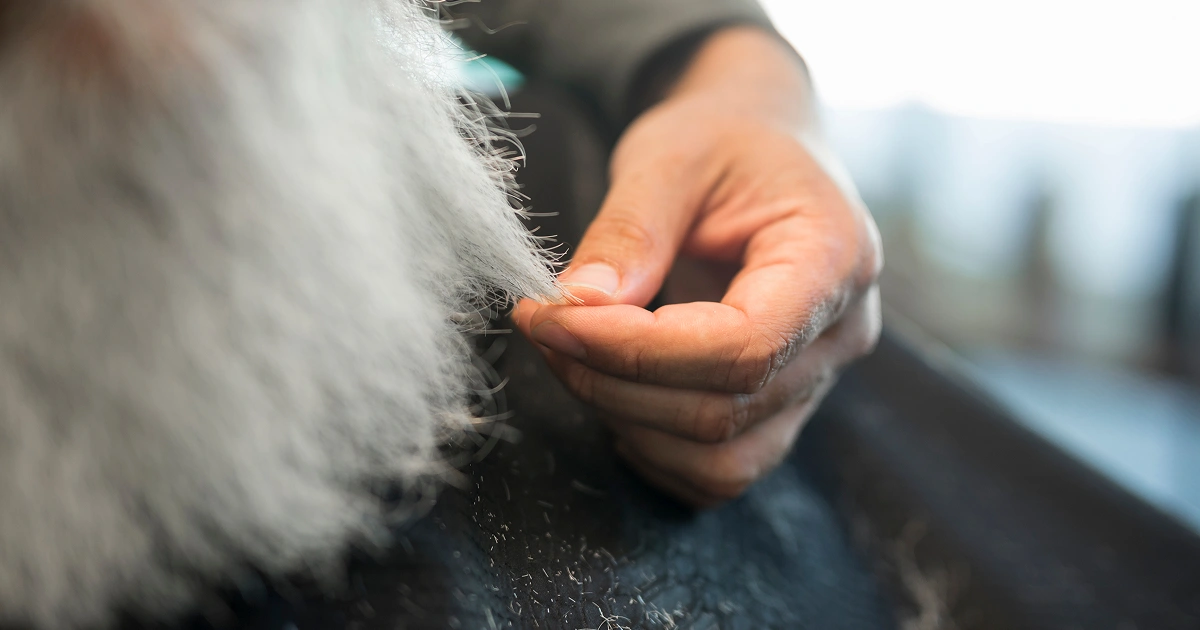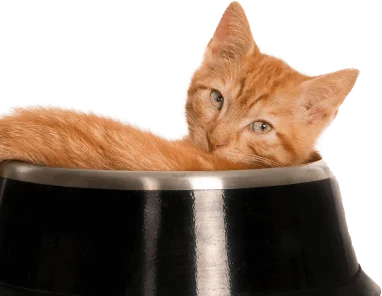
Cleaning up hairballs is not the most glamorous way to spend your day, but it is a fairly normal part of being a cat owner. Cats tend to be pretty frequent and vigorous groomers, spending time carefully licking and smoothing their fur. Their tongues have a rough surface that helps remove loose fur from their coats, but they often end up swallowing it as a result. Generally, the fur moves through their system, and they expel it in their litter box. Sometimes it gets stuck along the way and builds up into a hairball that you later find on your rug or bedspread.
As long as your cat is able to pass the hairball, they are usually okay. If they cannot, it may cause problems such as intestinal blockages. Pay attention to if your cat has frequent vomiting, is hacking but unable to cough up the hairball, loses its appetite, becomes lethargic, or appears to be in discomfort. These are signs that you should take them to get medical care.
Fortunately, there are some ways that you can help reduce the development of hairballs and keep your cat more comfortable:
- Keep them hydrated.
Encourage your cat to drink more water during the day. Leave bowls of fresh water in areas where they spend the most time. If your cat likes running water, turn the faucet on to a slow trickle while you’re at the sink and see if your cat will drink, or get them a pet fountain that provides flowing water. You can also add a little bit of water to their food to make it moist and increase their fluid intake.
- Add more fiber to their diet
Another option is to increase their fiber intake to help their intestines keep the loose fur moving through. Add a little bit of pureed pumpkin or fresh apple to their meal. You can also buy cat grass and let them chew on that. A drizzle of olive oil or fish oil on their food can help as well.
- Brush them more frequently
Keep your cat from licking and grooming themselves as frequently by lending a helping hand. Spend some time each day giving your cat a thorough brushing to loosen and remove excess fur and reduce shedding. Use a firm brush that gets down into deeper layers of their fur but be gentle enough that you’re not hurting them. Once you’re done, wipe down their fur with a damp paper towel or baby wipe to catch any remaining loose fur.
- Create a distraction
It’s okay to let your cat groom themselves a little bit, but if you notice they are doing it often, you might want to intervene. Distract them with a friendly cuddle or scratch behind the ears. Get them interested in playing with a toy or chasing a pen light. Call their name or make noise to shift their focus away from licking their fur. Keeping them from licking so much can decrease the amount of fur they’re swallowing.
What About Dogs?
While dogs can get hairballs, it is less common. They don’t tend to self-groom as much (or as aggressively) as cats do, and hairballs seem to be less of an issue. But they can still occur, so following the same general tips as caring for a cat can help with dogs as well. Make brushing part of your daily routine and take them for regular trips to the groomer.
Lake Wylie Pet Resort offers boarding for cats and dogs, and you can schedule your dog for a grooming appointment during their stay. Contact us today to book your pet’s next stay.




